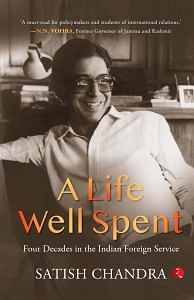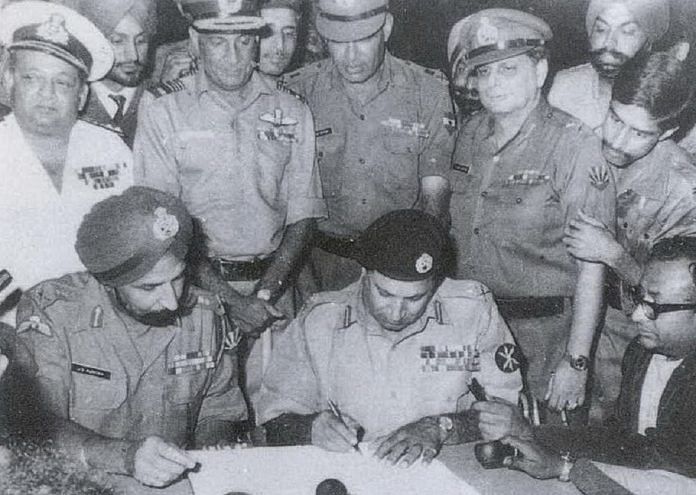One of the most hotly debated and closely watched events during the Yahya Khan regime was the December 1970 election. This was only natural, as it was Pakistan’s first foray into a countrywide direct election for the national assembly. No one had predicted the Awami League’s landslide victory in East Pakistan, where it secured 160 out of 162 seats, or the Pakistan People’s Party’s (PPP) emergence as the majority party in West Pakistan, with 81 out of 138 seats. The most popular pre-poll assessments were that no party would emerge as a clear winner, leaving enough scope for the Army to create a coalition government of its choice. Amongst the diplomatic community, the British were the closest to the mark on the PPP’s performance, estimating its obtaining 30–40 seats, with the rest guessing that it would do much worse. Our own estimates were that the PPP would at best bag around 25 seats, as we felt that Bhutto’s ‘roti, kapda, makaan’ (food, clothing, shelter) slogan was gaining traction. These estimates were somewhat higher than those projected by our Islamabad mission.
Political developments in Pakistan following the 1970 elections took place at a frenetic pace, and I was witness to the country’s precipitous slide to disaster. This was, in large measure, due to the West Pakistan leadership’s obduracy in not conceding power to the Awami League as warranted by the election outcome. Naturally, Yahya Khan bore much of the responsibility for this, but Bhutto, too, was complicit, as in his lust for power, he did his utmost to obviate the possibility of transfer of power to Mujibur Rahman. However, at a more subliminal level, West Pakistan’s aversion to the acceptance of the Awami League’s leadership, its campaign of genocide in East Pakistan and its justification thereof may be attributed to the racist psyche of its leadership and indeed its people. This was brought home to me in a brutally frank exchange in October 1971 with a PPP journalist, who was a fellow Stephanian and a friend, when he blithely justified the brutalities committed in East Pakistan on the grounds that Bengalis were not North Indians like the two of us and fully deserved the treatment meted out to them! It goes without saying that this was our last conversation and our friendship floundered thereafter.
We kept a close track of what was transpiring in East Pakistan through the foreign media. Indeed, the Reuters correspondent in Karachi, Howard Whitten, had given me a carte blanche to visit him at his Clifton residence to see his despatches in the matter. He frankly told me that he was giving me full licence to make whatever use I wished with his inputs, as he was not sure whether his reports were making it through the Pakistani censors to London and by letting me in on his reportage, he expected that some of it would make it to the free world through another channel.
Following the crackdown in East Pakistan in March 1971, India–Pakistan ties rapidly deteriorated, and by June–July 1971, it became evident to many of us that war was on the cards. Accordingly, at around this time, the mission went into high gear to destroy all classified records, tighten security, repatriate wives and children, thin out staff, and prepare ourselves for being interned by stocking up on essential supplies. The bulk of this work fell upon me and, accordingly, though I was under orders of transfer, I decided to stay on for a few more months till most of the aforesaid activities were completed. While repatriation of families and thinning down of staff proved relatively easy, elimination of classified material was much more time consuming than anticipated. While some of our records were sent to the headquarters through diplomatic bag, most had to be burnt, and as one proceeded to do so, one realized that paper in bulk takes a long time to burn. We had open fires working 24/7 for several weeks before this process could be completed. Additionally, on each floor of our chancery, we installed small improvised steel incinerators for destruction of records by each wing of the mission. By November, we had more or less completed this exercise and were in a position to tell the Ministry when they referred to an earlier classified message that they would need to repeat that message, as the same had been destroyed and was no longer available with us for reference!
 This excerpt from A Life Well Spent by Satish Chandra has been published with permission from Rupa Publications.
This excerpt from A Life Well Spent by Satish Chandra has been published with permission from Rupa Publications.



